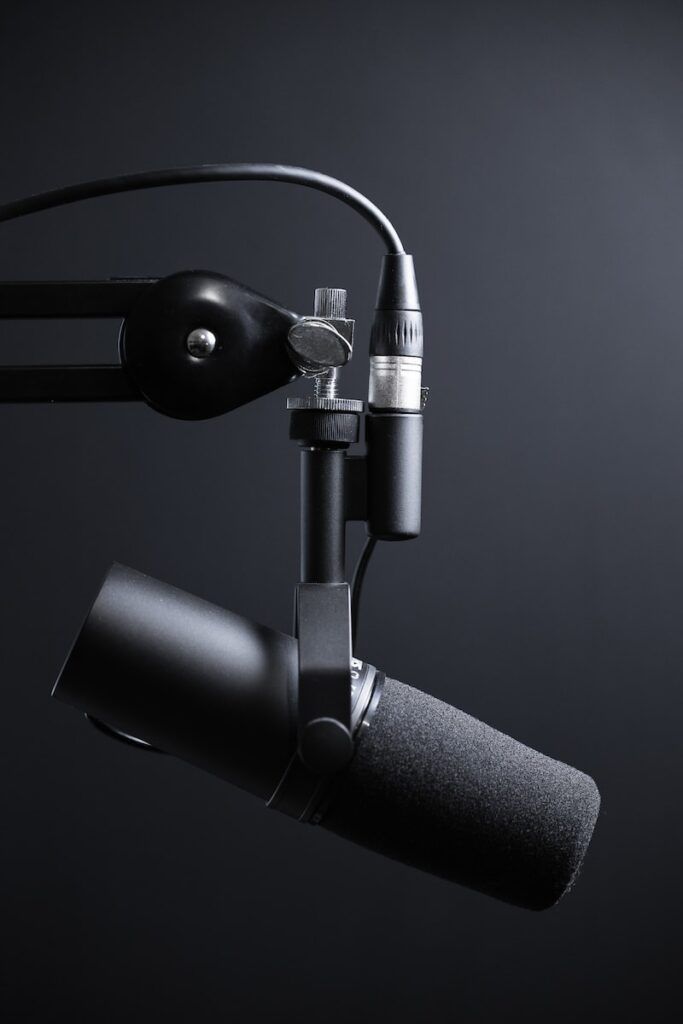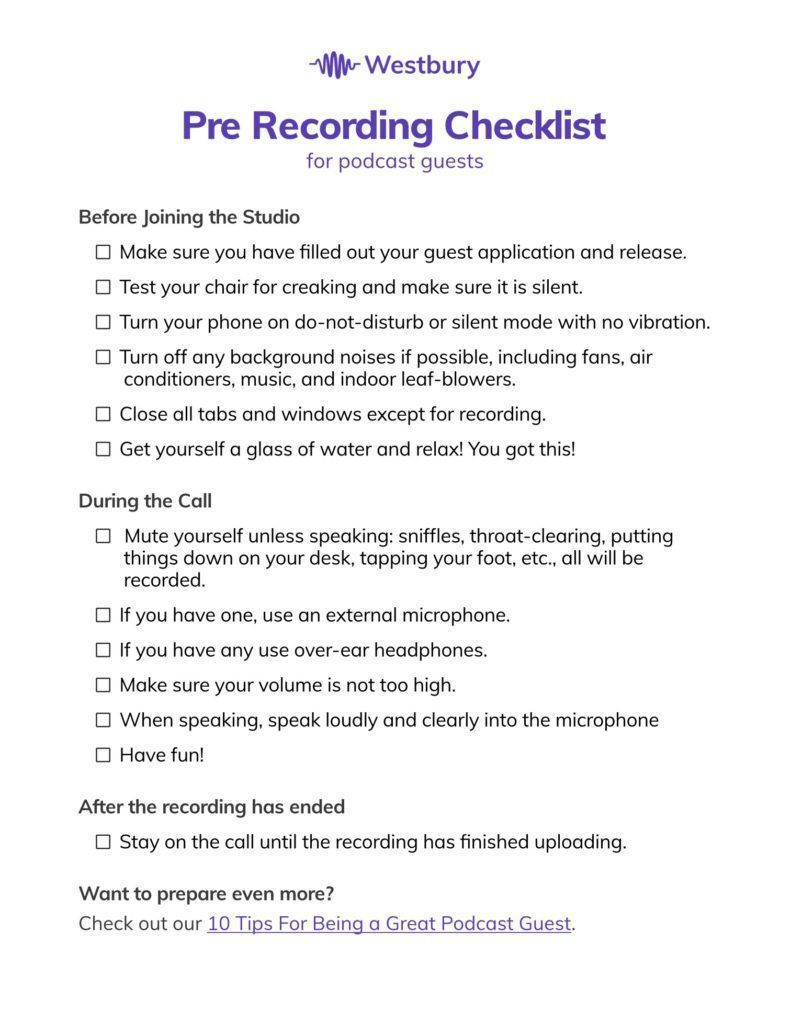Choosing the right microphone is an essential part of achieving the best audio quality, no matter what type of project you are working on. Microphones come in different shapes, sizes, and types, all of which have their own unique features and can be used in different situations.
This can make it difficult to know which microphone to choose, especially if you are new to audio recording. However, there are several factors that you should consider when selecting a microphone, including its frequency response, sensitivity, and distortion.
In this blog post, we will explore how to choose the right microphone for your particular project and what the key features of a good microphone are.
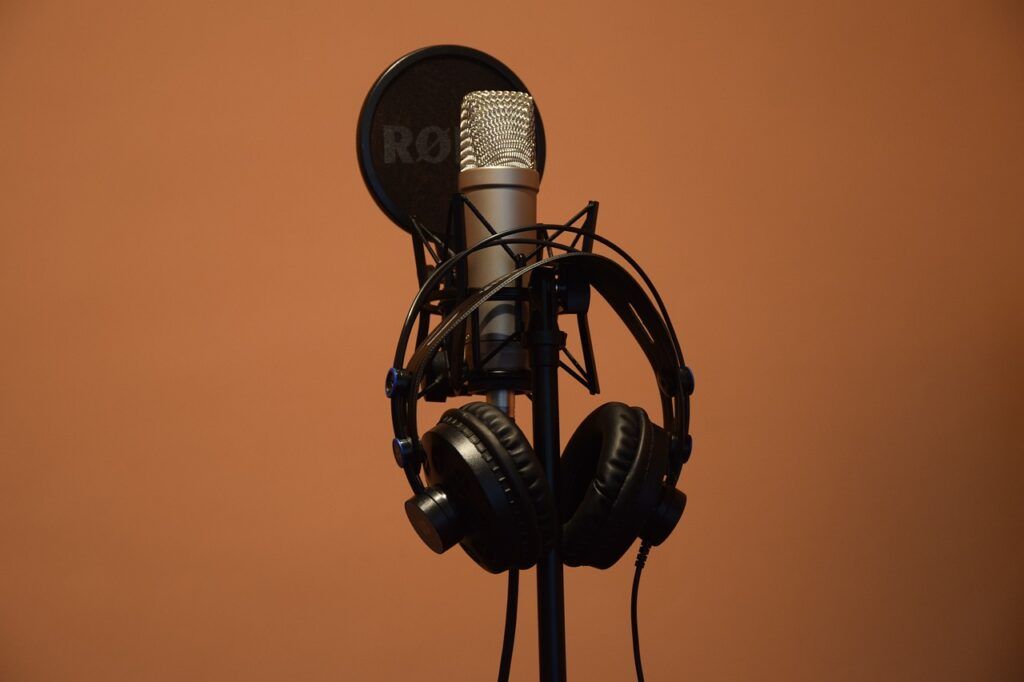
We will also discuss the different types of microphones available and which type is best for a particular situation. We hope that by the end of this post, you will have a better understanding of the different types of microphones available, how to choose one, and how to use it to achieve the best possible audio quality.
The Different Types of Microphones
Microphones are essential tools in audio production, broadcasting and recording. There are many different types of microphones, each with its own unique characteristics. The two main types are dynamic and condenser microphones.
Dynamic microphones are great for capturing loud sound sources, such as drums and vocals, as they have a great ability to handle high sound pressure levels. Condenser microphones are sensitive and provide a more accurate and detailed sound, making them ideal for recording acoustic instruments and vocals.
Ribbon microphones are another popular option, which are characterized by their dark and smooth sound. They are great for capturing the nuances of a performance and are great for recording instruments like guitar and violin.
Lastly, there are lavalier microphones which are small and offer great sound quality when used on actors and presenters in theatre and broadcast applications. Each type of microphone has its own unique features and benefits, so it is important to choose the
The Price Range of Different Microphones
Microphones come in a wide range of prices, depending on the quality and features. Entry-level microphones can cost as little as a few dollars, while high-end models can cost hundreds or even thousands of dollars.
For most people, a mid-range microphone should provide good sound quality at a reasonable price. These might cost anywhere from $50 to $200, and will usually include features such as a built-in preamp and adjustable gain levels.
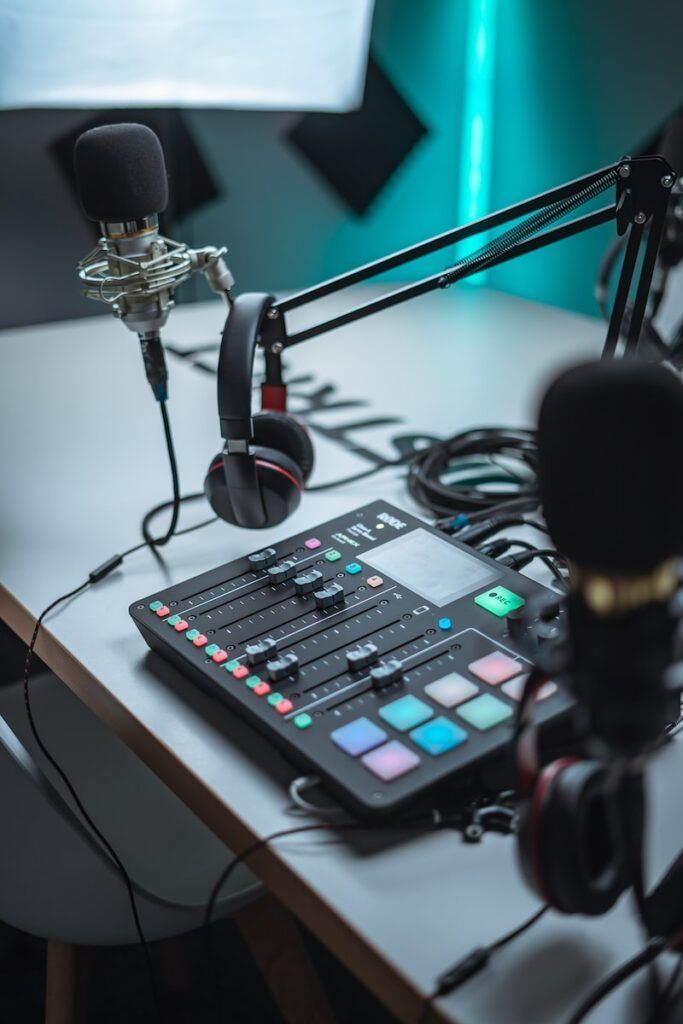
Professional grade microphones may cost significantly more, but will often provide the highest sound quality and the most advanced features, such as improved dynamic range and frequency response. Ultimately, the price of a microphone will depend on the features and quality needed for a particular application.
The Quality of the Microphone
The Microphone 4 is a professional quality microphone. It offers superior sound quality, with a frequency range of 50Hz-18KHz. The metal body ensures durability and the built-in shock mount greatly reduces vibration and handling noise.
The cardioid polar pattern offers excellent feedback rejection and off-axis noise suppression. It is perfect for recording vocals, instruments, and other sound sources. It is an excellent choice for any musician or audio engineer looking for an affordable yet high-quality microphone. I
ts versatility, superior sound quality, and affordability make it a great value.
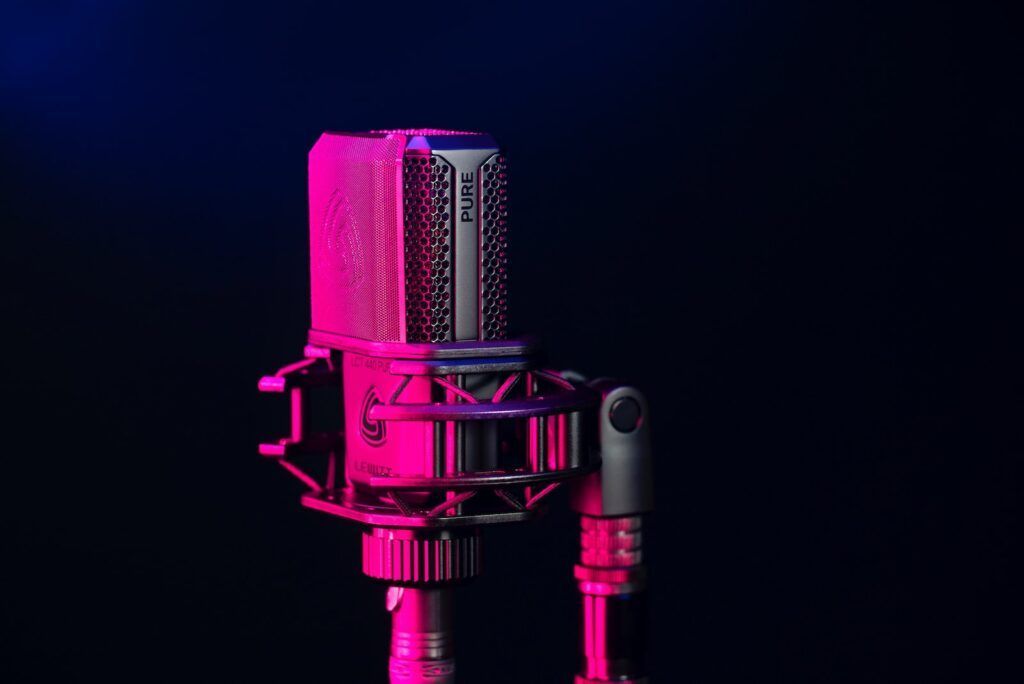
The Intended Use of the Microphone
The Microphone 5 is an advanced piece of technology that is designed to capture high-quality audio recordings. It is an ideal choice for professional recording applications such as voice-over work, interviews, and live performances. Its features include a large diaphragm condenser, low-noise preamp, and a cardioid polar pattern that offers superior sound rejection.
The Microphone also features a wide frequency response, allowing it to capture detailed sound with clarity and accuracy. Additionally, the microphone is designed to be easy to use and has a rugged construction to provide reliable performance.
This microphone is perfect for any professional audio production, whether it is for recording music, podcasts, or any other type of audio material.
The Compatibility with Other Devices
The Compatibility with Other Devices is a key factor in choosing the right technology. Manufacturers strive to ensure that their products are compatible with as many other devices as possible, as this helps to ensure user satisfaction and loyalty. When selecting a product, consumers should look for compatibility with multiple devices in order to ensure the greatest convenience and value.
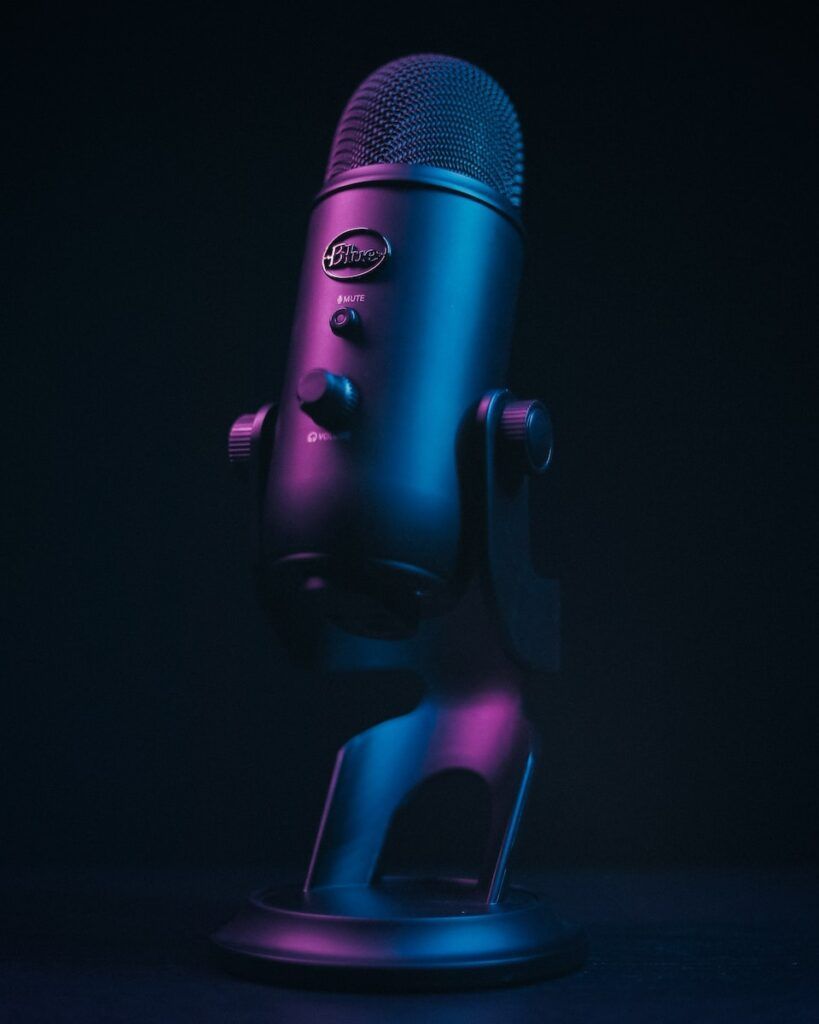
Doing so can save time and money, as well as ensure that the device works properly with the necessary services and features. Compatibility with other devices is also essential when it comes to data transfer and sharing, ensuring that users can easily move information from one device to another.
Ultimately, compatibility with other devices is an important factor when making any technology purchase.
Conclusion
In conclusion, when it comes to choosing the right microphone for your needs, it is important to consider all of the factors involved, such as type, price, and quality.
Different types of microphones are suitable for different uses, and the price range and quality will also affect your decision-making. It is important to research your options to ensure you get the best microphone for your needs.

